- TOP
- Search Criteria
- 8 Diverse Destinations for a Walking Tour of Kanda
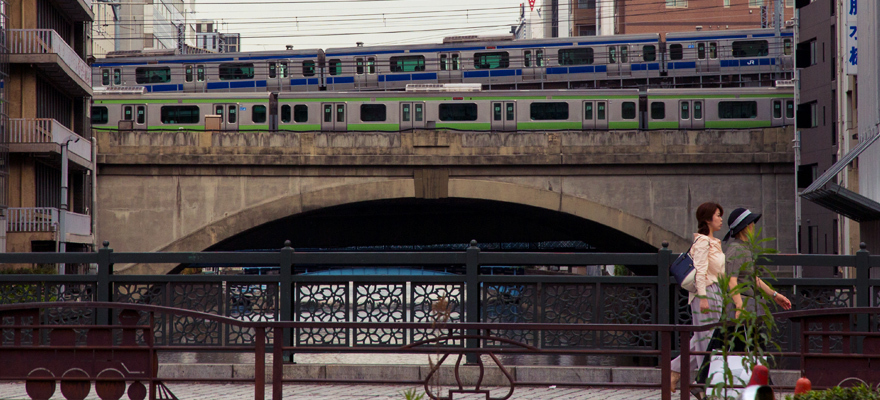
STORY
8 Diverse Destinations for a Walking Tour of Kanda
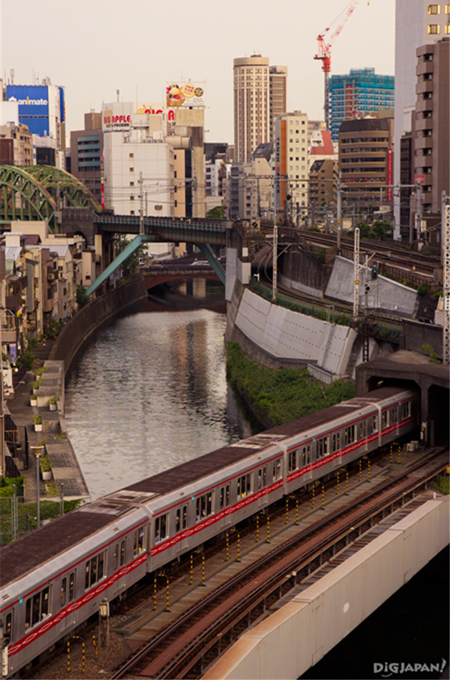
The scenery changes quickly around here and the best way to experience this diversity is by foot. Here is a walking plan that goes from Kanda station to Jimbocho station with 8 spots that I recommend visiting. The walk is about an hour long without the breaks. Happy walking!
1. Kanda Station: Smoky Restaurants Along the Train Tracks
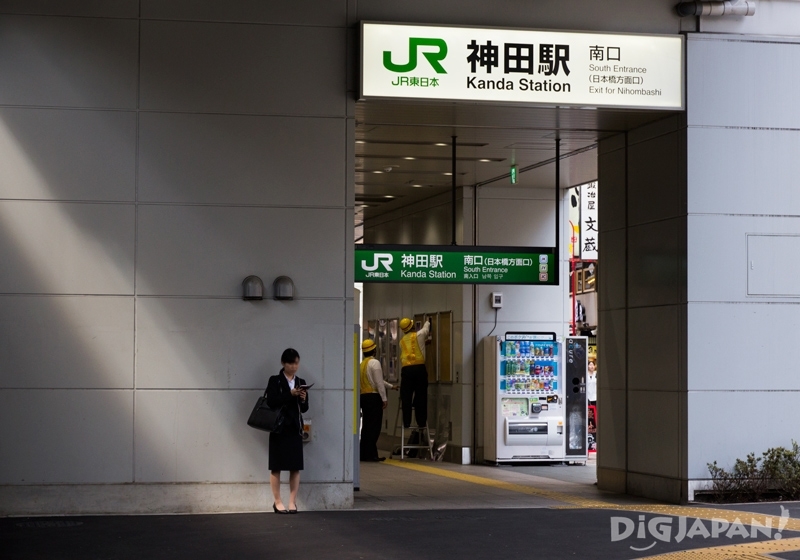
The journey starts, understandably, from Kanda station. You can get here via the JR Keihin-Tohoku line, the Yamanote line, the Chuo line, and the Tokyo Metro Ginza line.
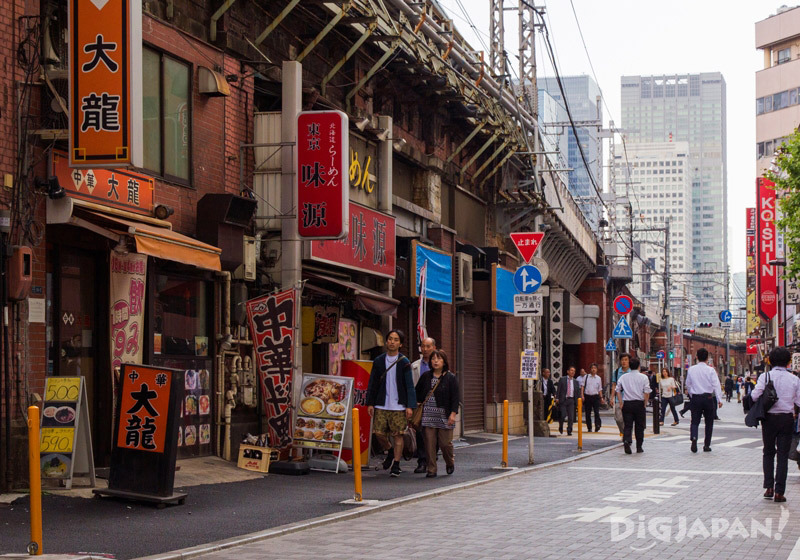
Explore the area around the station and walk along the train tracks. The red brick walls are unusual in Tokyo, and it's fun to look at all the little bars and restaurants. There are a lot of workers in this area, so it’s packed with entertainment of all kinds.
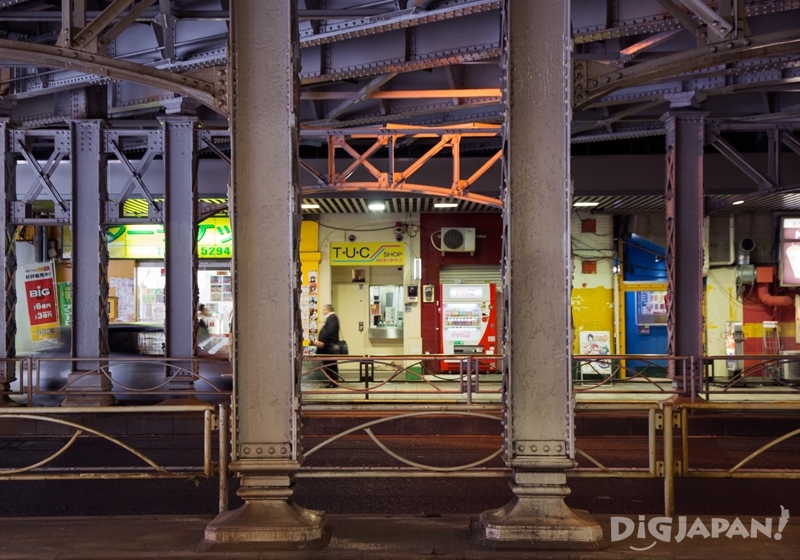
Even underpasses have shops and restaurants.
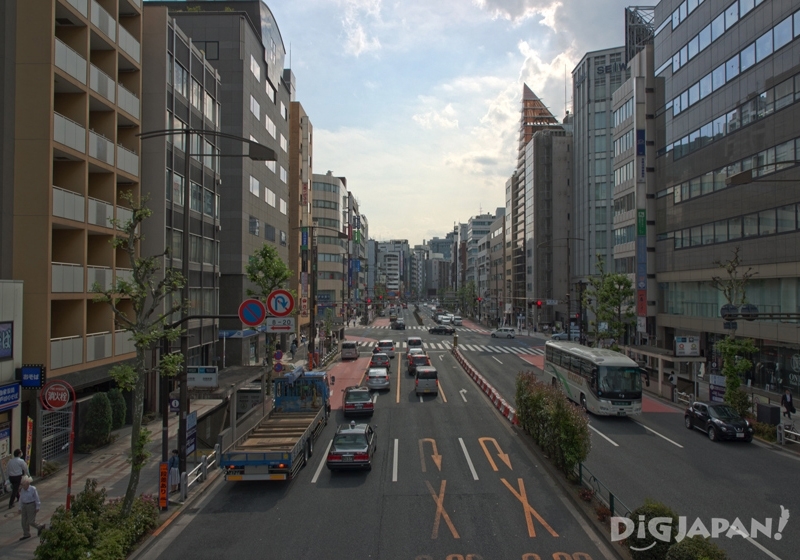
If you follow the tracks north you will arrive to Yasukuni Street.
2. Matsuya: Stop for Lunch in a Timeless Sobaya
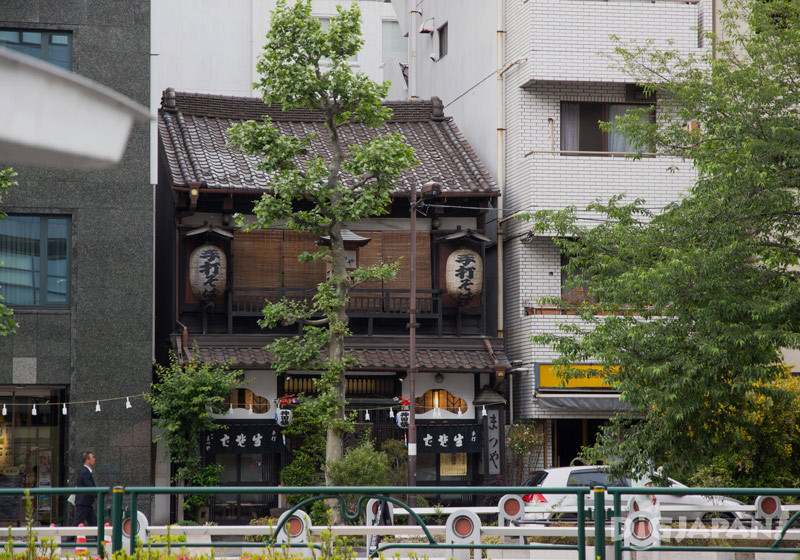
This is one of those buildings that make you stop and stare at it, wondering what goes on inside. Founded in 1884, Matsuya is a long-standing traditional Japanese restaurant specializing in teuchi (handmade) soba. While it might look like you need to wear a kimono to get in, the atmosphere inside is relaxed and friendly. The staff is very welcoming and they have an English menu with good translations and the history of the restaurant.

Goma soba (800 yen)
One of Matsuya’s recommendations is goma soba, a cold soba with a sesame flavored dipping sauce instead of the regular sauce. Definitely worth the trip to Kanda!
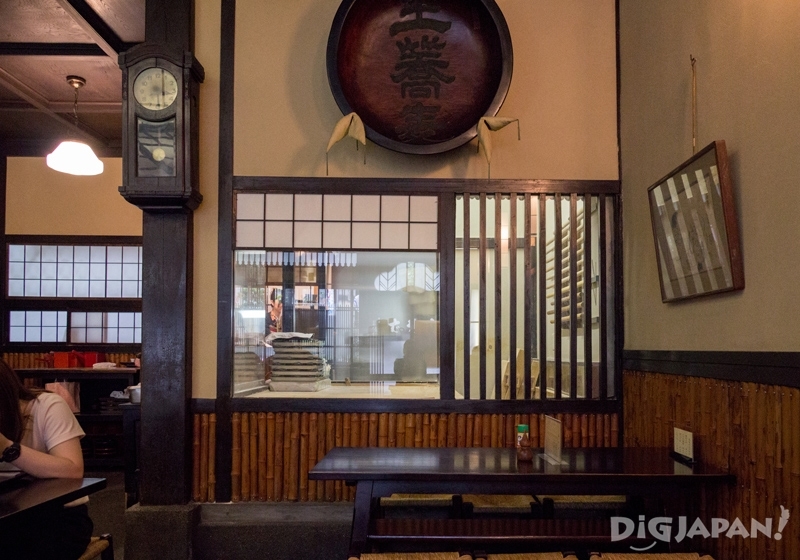
This is where the magic happens. Every day soba is made for the hungry patrons by hand, without using any machine.

This is one of the few restaurants that survived the bombings of World War II. Make sure you walk around and check out the other beautiful buildings in this area.
Information
Kanda Matsuya | 神田まつや
Address: 1-13 Kanda Sudacho, Chiyoda, Tokyo
Hours: Weekdays 11:00am-8:00pm, Saturday and holidays 11:00am-7:00pm
Sunday closed
Website (Japanese-only): http://kanda-matsuya.jp/
3. Akihabara: Stare in Awe at the Mecca of Anime and Electronics

About 3 minutes from Matsuya is Manseibashi bridge. It crosses the Kanda River leading you to Akihabara.
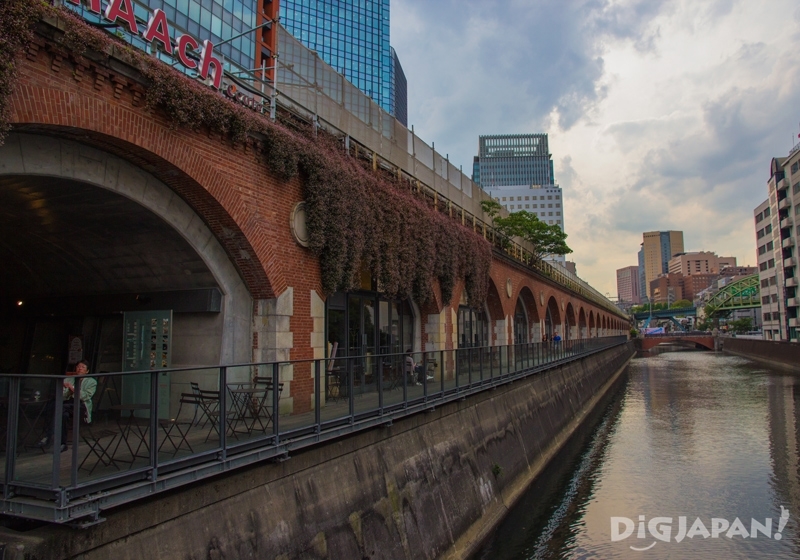
The view from the bridge is beautiful, and there is also a river terrace with cafes where you can relax and enjoy the cityscape.

So close to all those beautiful old buildings, the chaotic Akihabara Electric Town might be a bit of a shock. But this is Tokyo. A crazy mix of old and new and a melting pot of different styles.
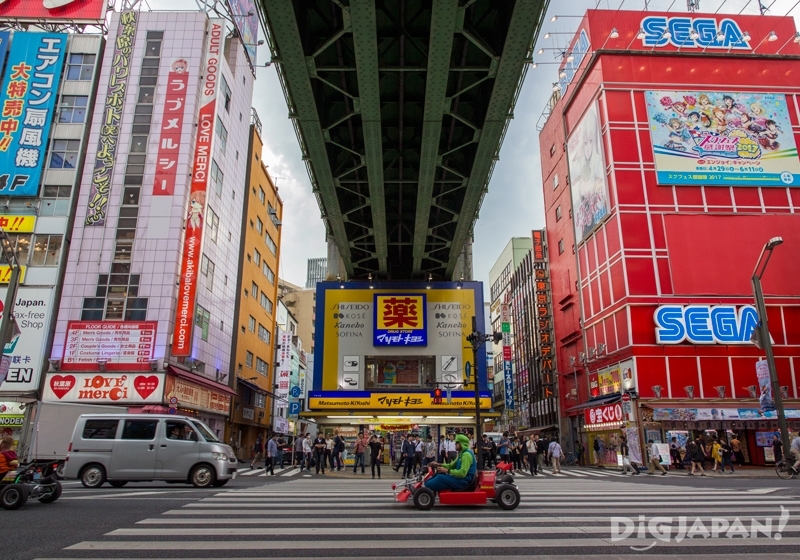
Akihabara is the city of electronics, anime, manga, games, and maid cafes. You can walk the main road with its huge departments stores and game arcades. Then explore the back alleys where all the cluttered little shops are.
Even if you are not into anime or electronics, wandering through the madness is highly entertaining.
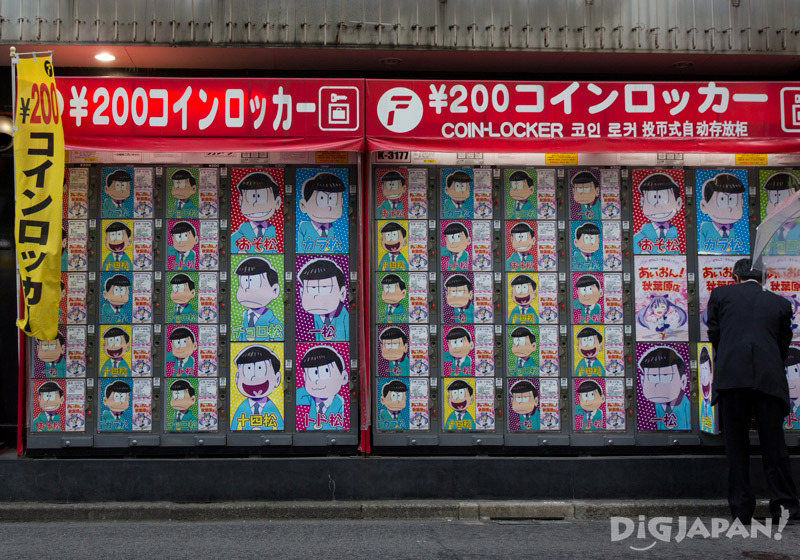
In Akihabara characters are everywhere! Even on coin lockers…
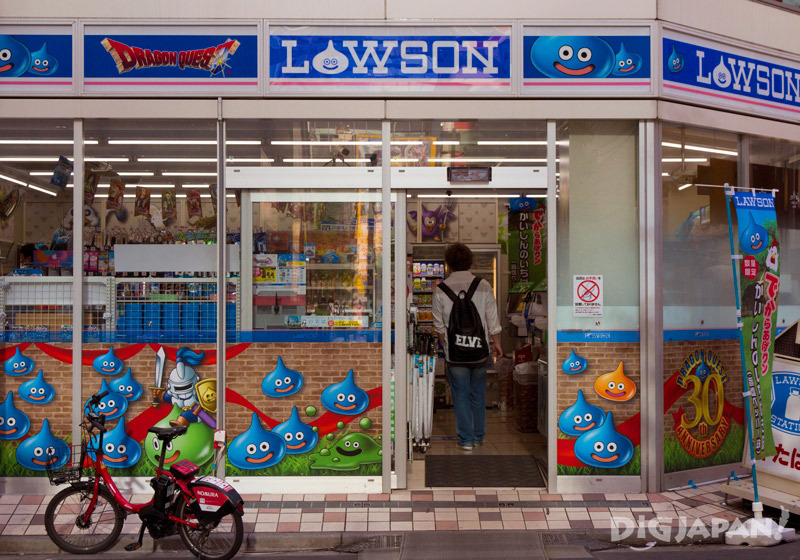
...and on convenience stores.
4. Kanda Myojin: Pray for Your Electronics in a Colorful Shrine
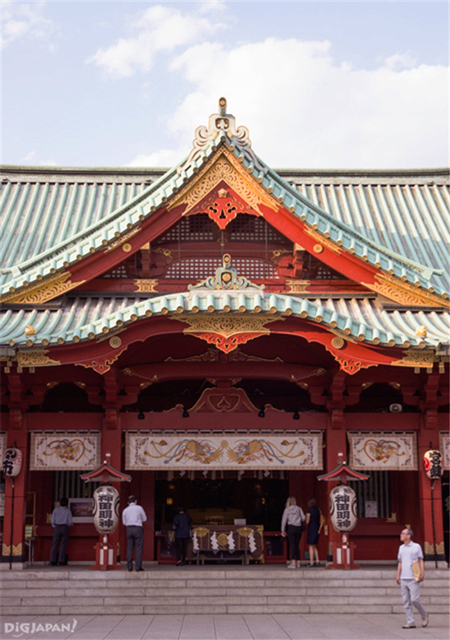
Past the busy backstreets of Akihabara is a quiet stretch of residential land, that will lead you to the stairs of Kanda Myojin. This shrine is particularly colorful and a little different than other shrines.
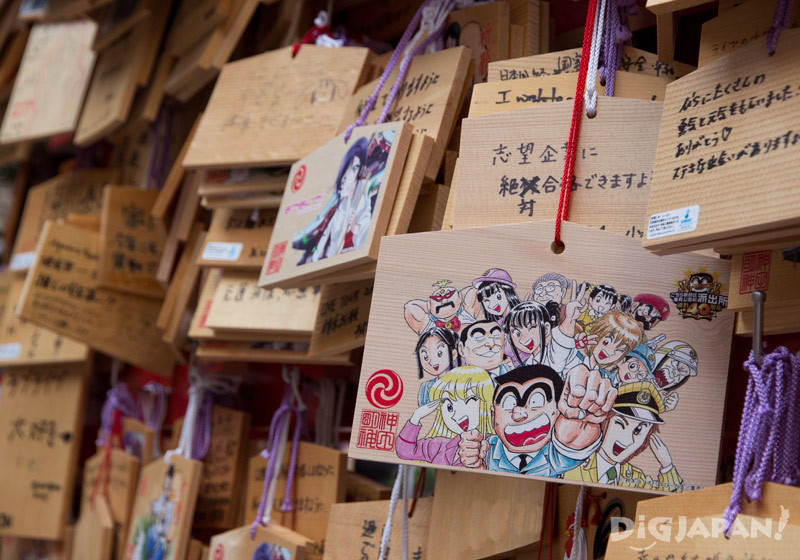
You can sense the vicinity to Akihabara. These Ema, wooden plaques where you write your prayers, have quite unconventional prints on the back. Kanda Myojin sells lucky charms with anime characters on them and an amulet for protecting your electronics.

Stone statue of Daikoku, the god of wealth

Kanda Myojin is home to one of the three great Shinto festivals of Tokyo, the Kanda Matsuri. Held in odd-numbered years, this festival involves a big parade of more than 200 mikoshi, portable Shinto shrines.
Information
Kanda Myojin | 神田明神
Address: 2-16-2 Sotokanda, Chiyoda, Tokyo
Website (Japanese-only): http://www.kandamyoujin.or.jp/
5. Amanoya: Rest Your Feet While Sipping Amazake
At this point you might be a little tired from all the walking. Time for another traditional Japanese treat! Amanoya is a shop that sells homemade natto (fermented soy beans) and amazake, a kind of sweet, low-alcohol sake.
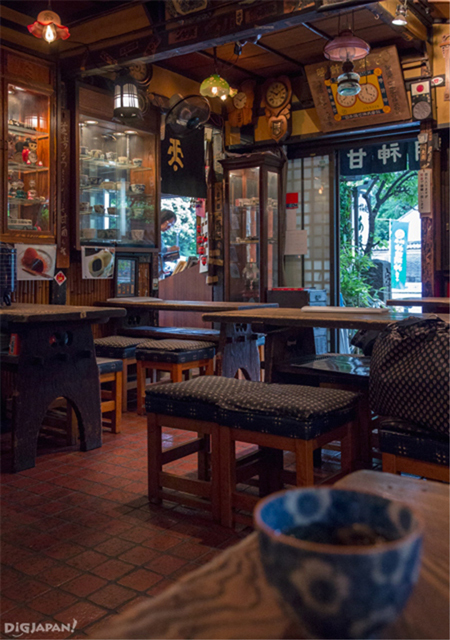
Next to the shop is a cafe where you can enjoy a cup of hot or cold amazake. They also serve sweets, some of them made with amazake. Amanoya was established in 1846 and still uses a traditional recipe of only rice and a fermentation starter, without any additives.

Cold Amazake (450 yen)
Amazake is served with moromi, a sake fermenting mash. Its saltiness balances the sweetness of the amazake. While you sip your white drink you can enjoy the view of a little Japanese garden.
Information
Amanoya | 天野屋
Address: 2-18-15 Sotokanda, Chiyoda, Tokyo
Hours: 10:00am-6:00pm, holidays 10:00am-5:00pm
Closed on Sunday, Marine Day and from August 10 to 17
Open every day from the second week of December to the end of March
Website (mainly in Japanese): http://www.amanoya.jp/
6. Yushima Seido: Admire the Solemnity of a Confucian Temple
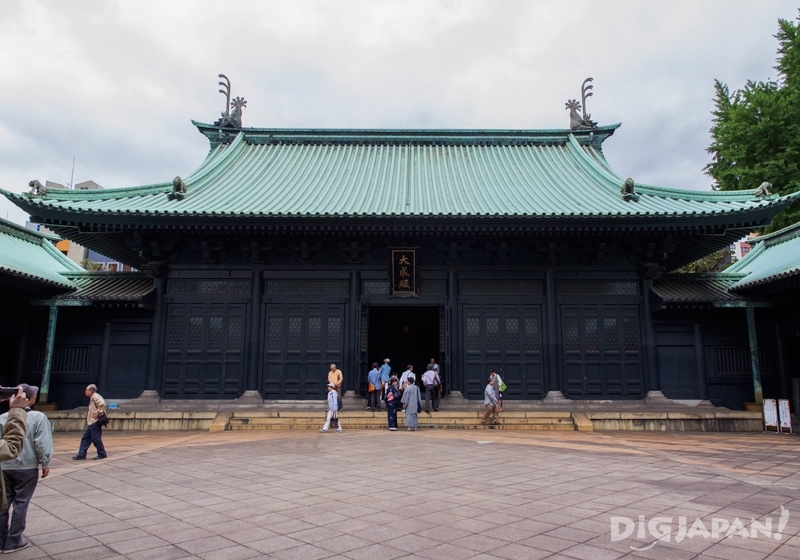
Heading down the slope in front of Amanoya you’ll find the entrance to Yushima Seido, one of the biggest Confucian temples in Japan. The temple houses the world’s largest statue of Confucius.
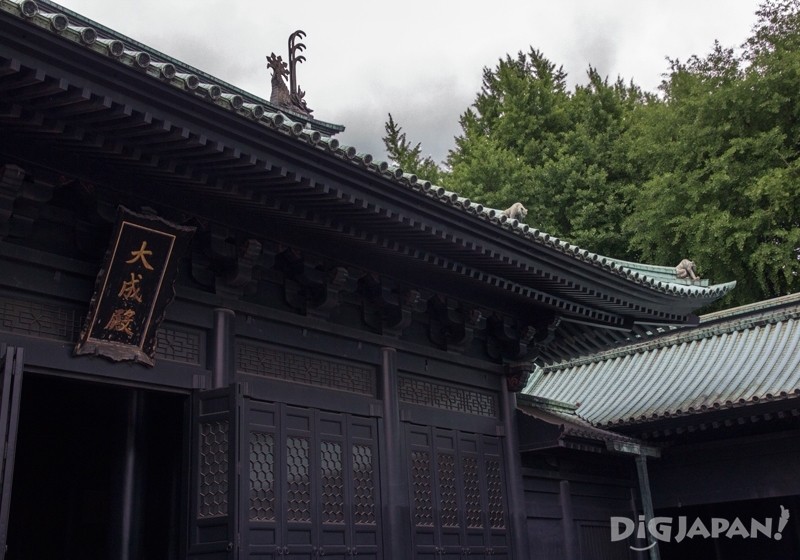
The temple grounds are peaceful and immersed in nature. The somber dark colors contrast with the colorful Kanda Myojin.

These Ema plaques reflect in the water of a fountain placed in front of them.
Information
Yushima Seido | 湯島聖堂
Address: 1-4-25 Yushima, Bunkyo, Tokyo
Hours: 9:30am-5:00pm
Website (Japanese-only): http://www.seido.or.jp/
7. Ochanomizu: Marvel at the River View and Stroll Along Music Street
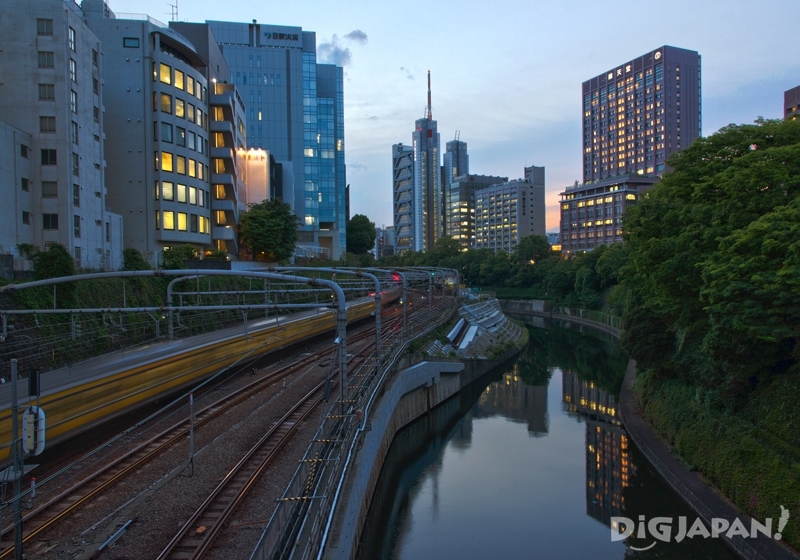
Ochanomizu means “tea water”. In the Edo period, the shogun’s tea was made extracting water from the nearby Kanda river, hence the name. This district is filled with young people, especially university students.
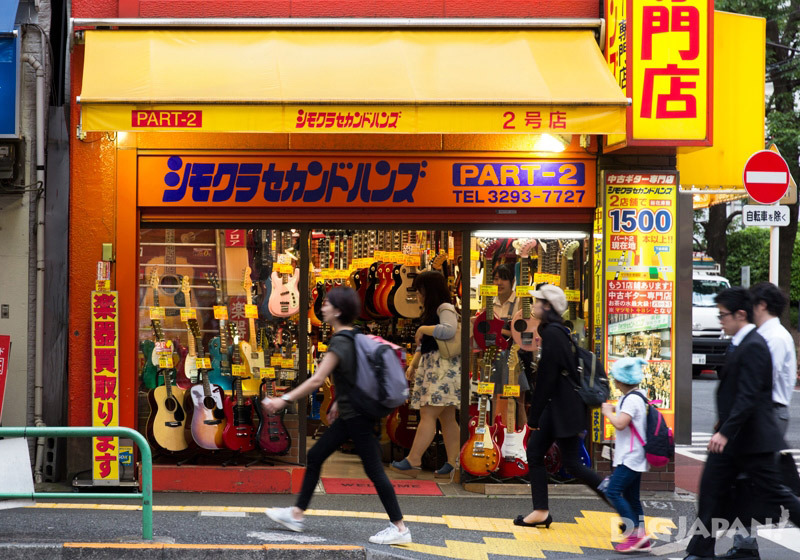
Meidai dori is the street in front of Ochanomizu station and it’s known as Guitar street. The road is lined with instrument shops of all kinds, old and new, and it’s considered a musician’s heaven in Tokyo.

Even if you’re not a musician this road is something worth seeing. Shop after shop, I have never seen so many guitars all in one place.
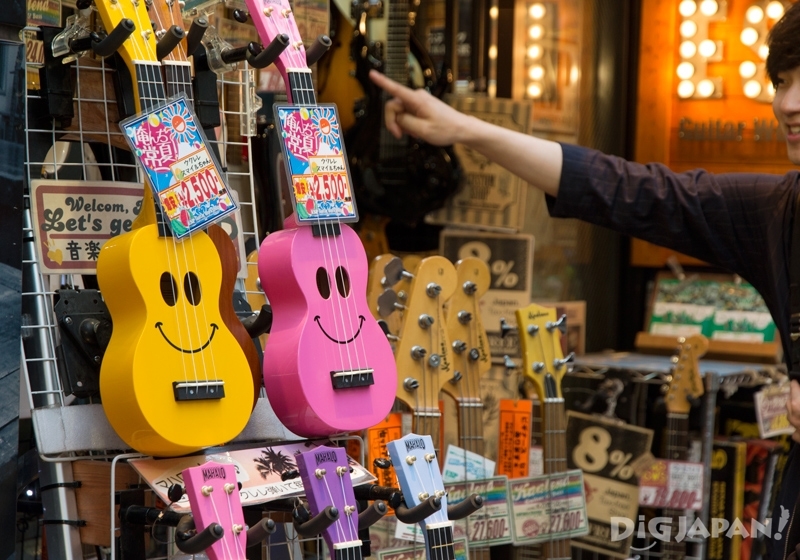
Naturally there are guitars for all styles and ages.

At the end of Guitar street, this little side road will take you to the next destination.
8. Jimbocho: Discover the Charm of Tokyo's Book District
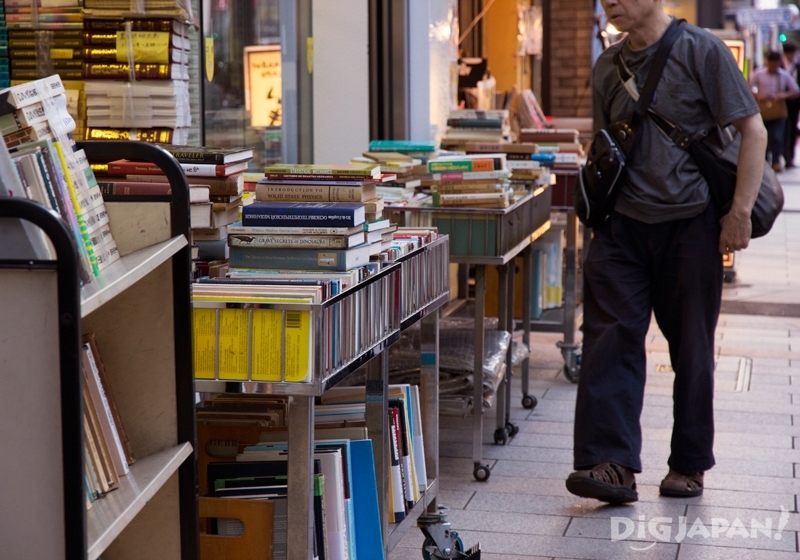
The abundance of universities in the area makes this the perfect place for selling books, especially secondhand. With almost 200 bookstores, Jimbocho is considered the go-to place for book lovers.
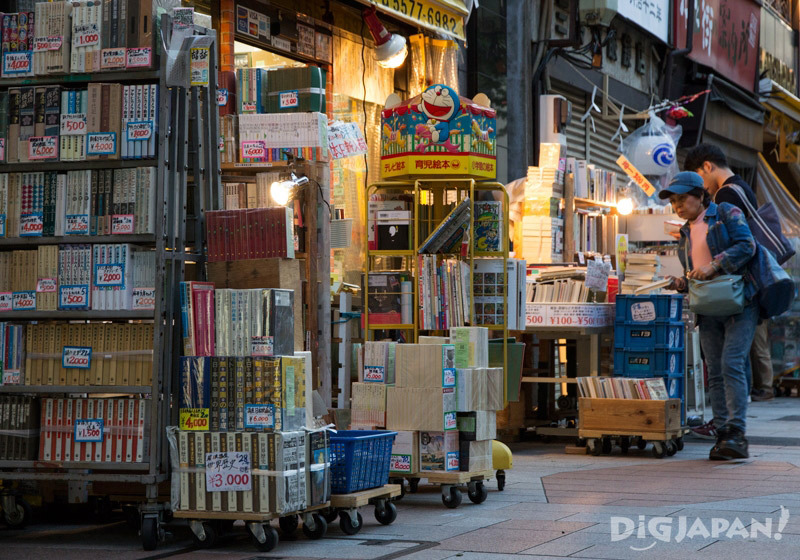
Some are charmingly old and cluttered, with piles of tomes reaching the ceiling, and some are tidy and new.
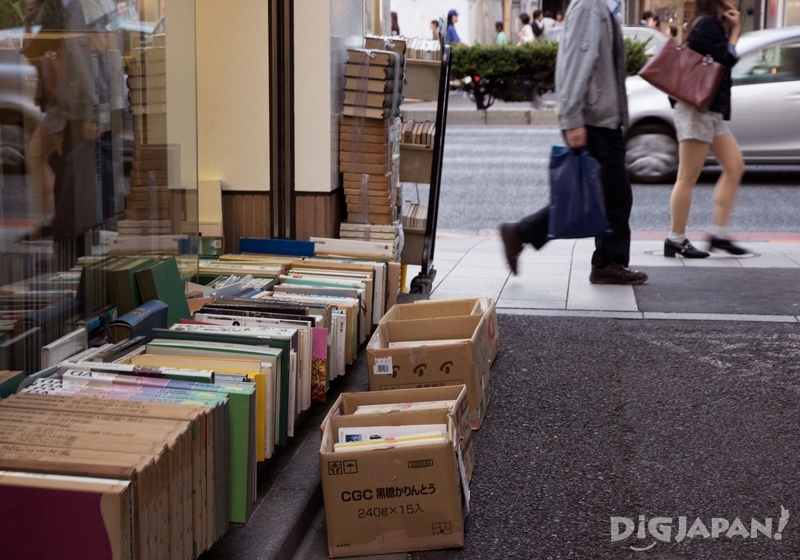
Some stores, like Sanseido, also sell English and foreign books. But bookworm or not, anyone can appreciate Jimbocho with its cozy cafes and inviting back streets.
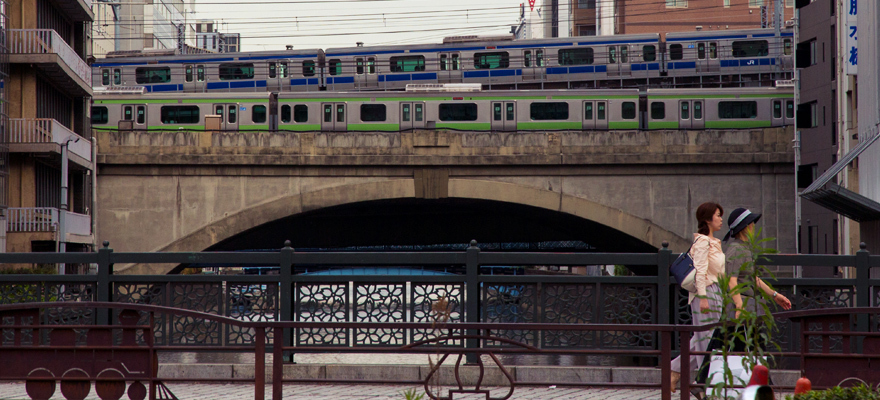
And these were the 8 spots that I recommend visiting in Kanda. Traditional restaurants, an electric town, religion, culture, music and books. Kanda is a perfect example of Tokyo’s many faces overlapping and mingling to create this incredible city. Let us know what you find on your way!
About the author
Laura is an Italian living and working in Tokyo. She loves exploring hidden and unknown places, taking pictures and listening to Punk Rock music. When she’s not busy doing the above, she might enjoy a craft beer or play the sanshin (an Okinawan instrument similar to a shamisen).

Liked this story? Like DiGJAPAN!
on Facebook for daily updates!
THIS ARTICLE IS BASED ON INFORMATION FROM 06 21,2017 Author:DiGJAPAN! Editorial Team













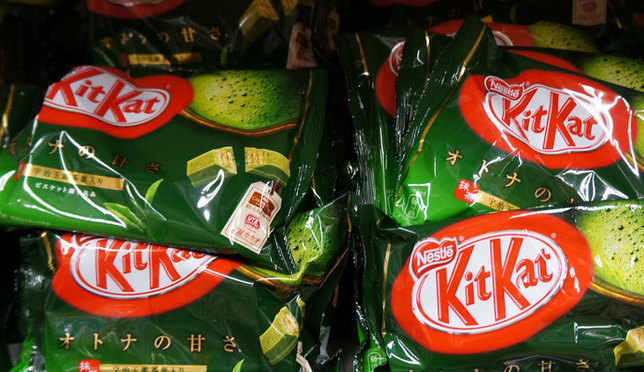
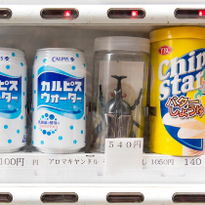

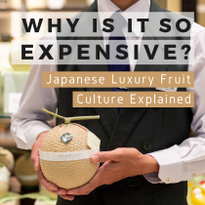





NEW COMMENT | 0 COMMENTS
Open a DiGJAPAN!
account to comment.
Open a DiGJAPAN! Account